Influences on an Artist: An Interview with Gottfried in Berlin
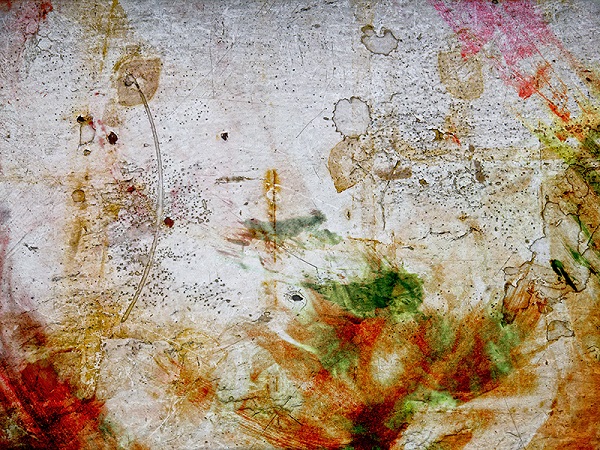
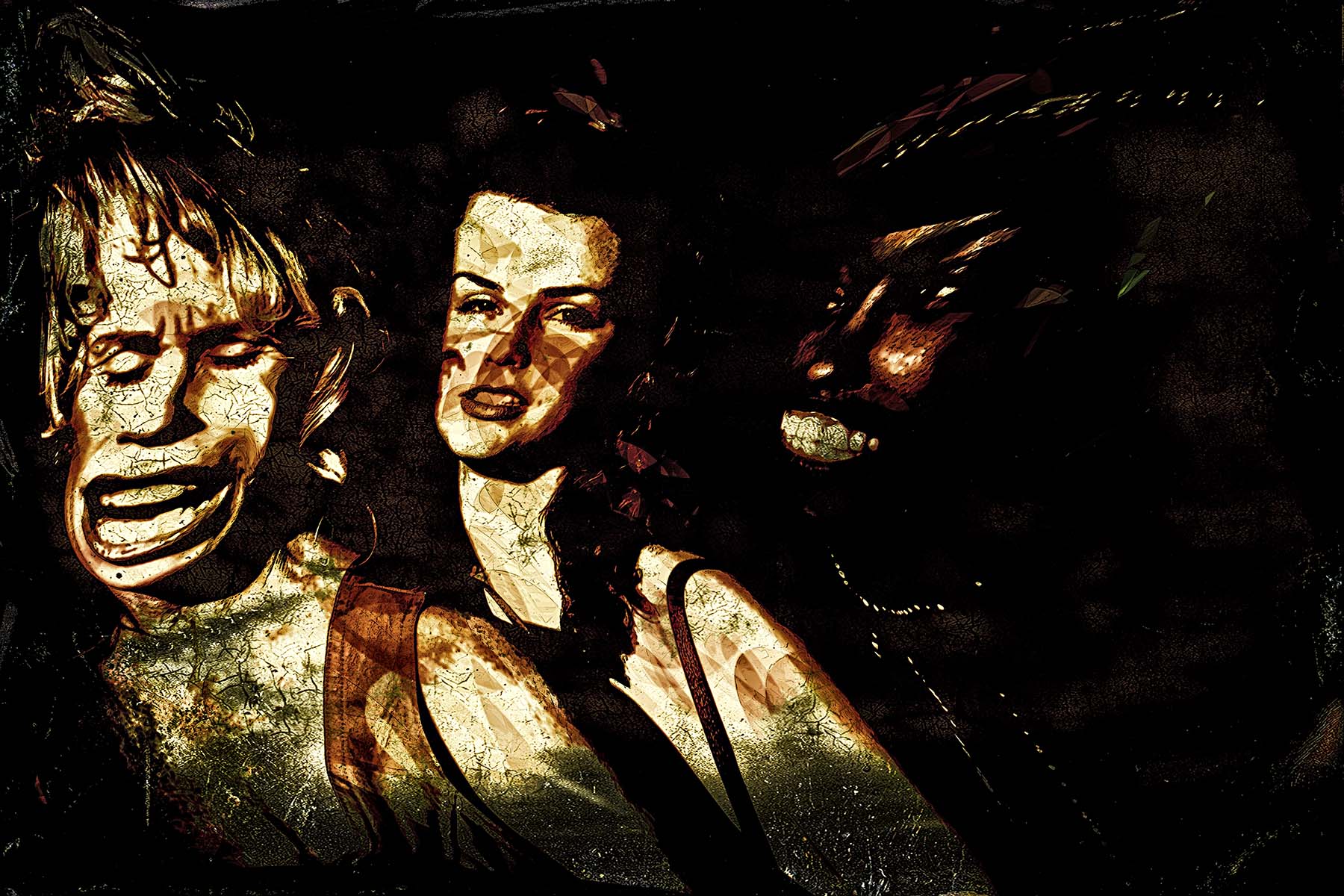
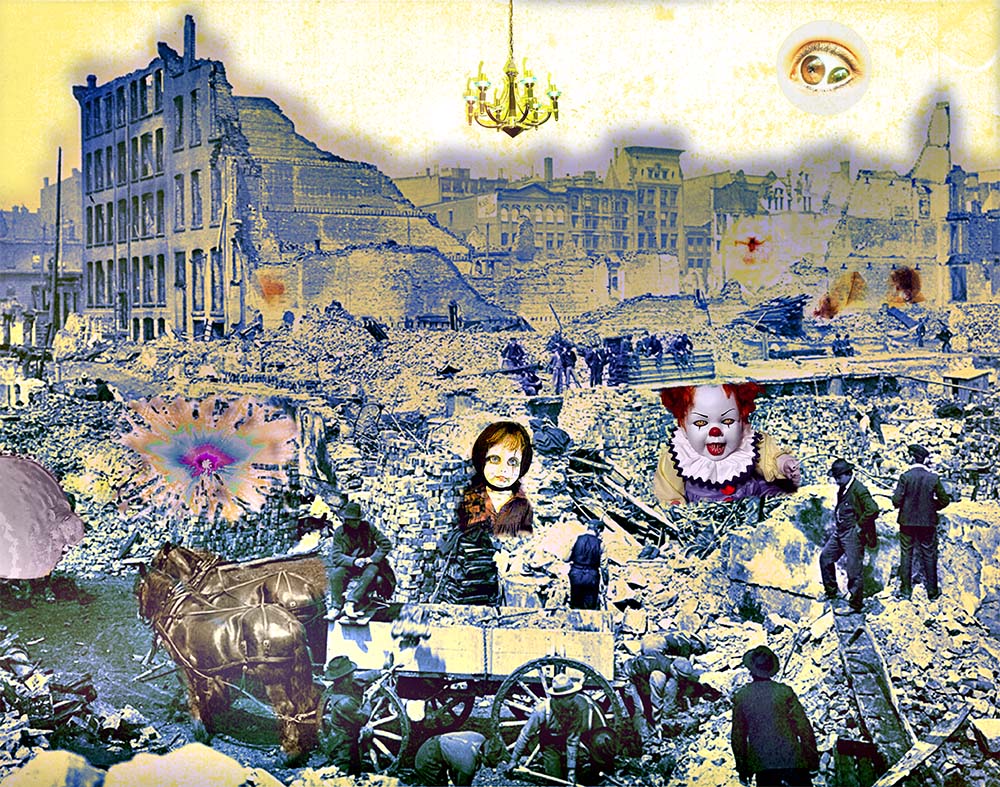
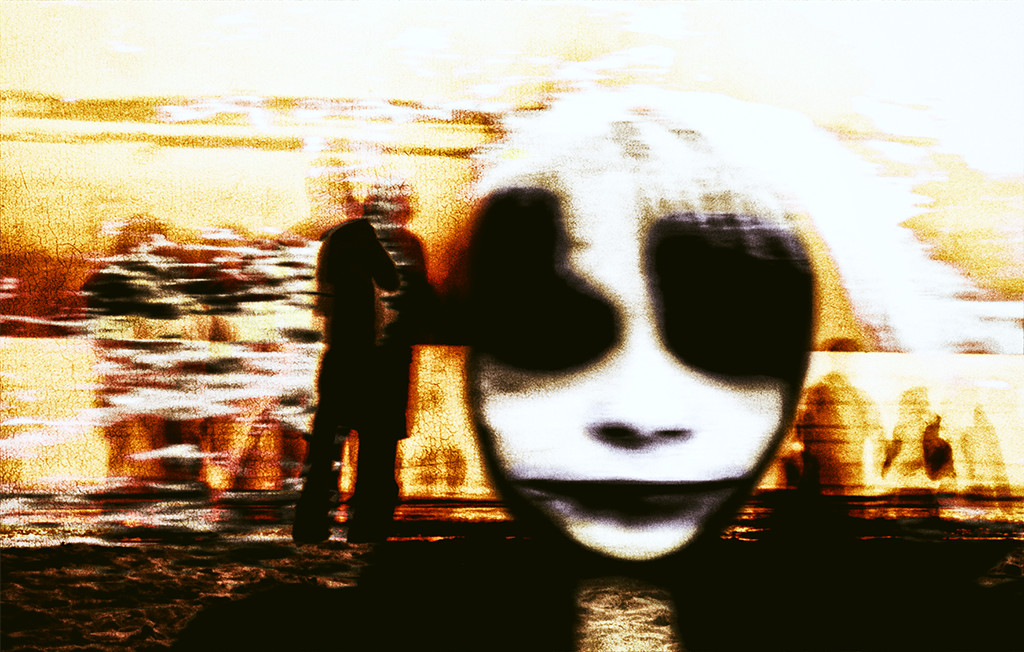
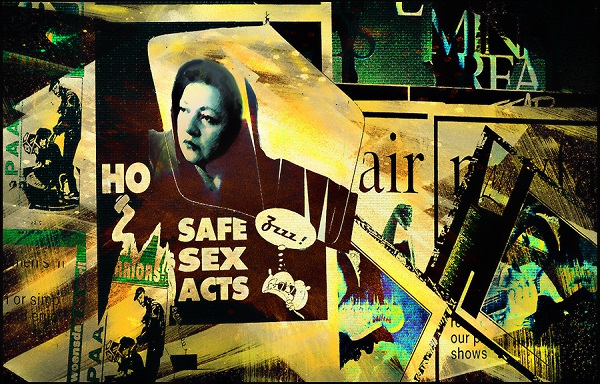
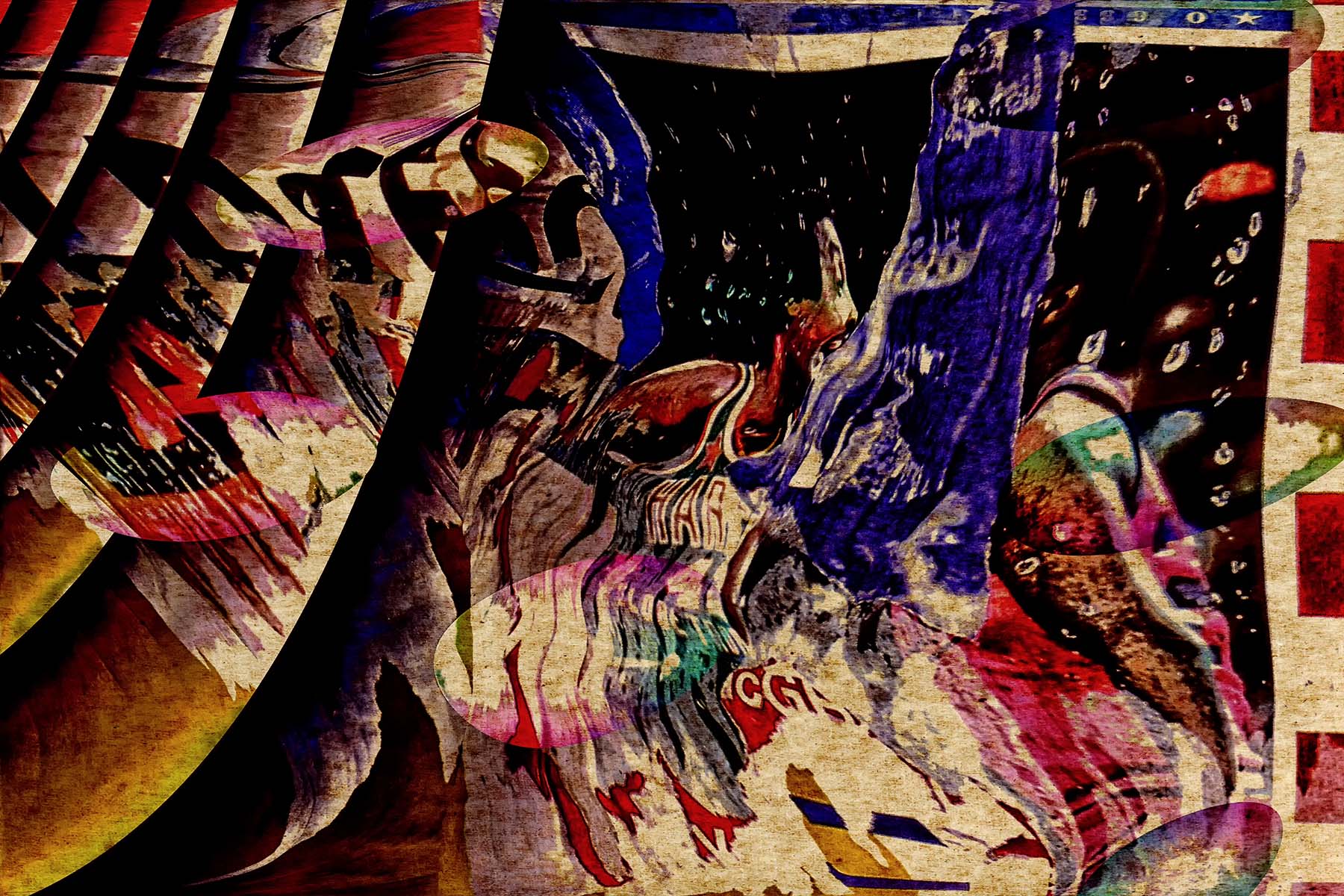
By Elisabeth Rasch
http://gottfriedberlin.com/
Gottfried in Berlin was the stand-out choice for this interview, not only because his work represents a fairly broad canvas, but also because it represents change over time. He describes himself in a short bio as being ” … an artist /art-photographer, whose works have been conceived over a period of thirty years on three continents. They are produced in oil, acrylic, crayon, pen, as well as quite a lot in a mix of those media, and, during various earlier periods, predominantly on negative and transparency film“.
Although his bio goes on to say, “The nature and styles of my works are very broad, because I believe an artist can often express life experience and perception of the world in different genres of art, and probably especially because my underlying philosophy of art relative to some genres, while neither complex nor esoteric, is based on a couple of differing themes,” his more recent work shows a narrowing of preference for expressionism: both surrealism, and abstract.
For this interview, I visited Gottfried in his comfortable and very tidy apartment in an area of Berlin, which was once part of East Berlin, before the wall came down. He dislikes being disturbed in his studio.
He tells me that he feels very comfortable in this particular area of the city, which has over 5,000 resident, visual artists and more than 400 art galleries. He reminds me that just a few of the current ‘names’ from Berlin include Joseph Beuys, Anselm Kiefer, Nam June Paik, Bruce Nauman and Gerhard Richter.
The walls of Gottfried’s apartment are adorned, judiciously, with the works of other, prominent artists. Very little of his own work is to be seen; he regards that as being presumptuous in the face of friends and visitors. Nonetheless, even from the works he has hung, and their placement, one senses some element of structure, which is apparent in some of his, mostly earlier, works, but, at the same time, his present predilection for freedom from structure is very apparent. So, it seemed to me that my already prepared first question was apposite enough.
E.R. What would you say are your reasons for producing works in different genres?
G. On a higher plane of thinking, there are art styles, which one can say correspond to different philosophical concepts.
E.R. But how does that, in practice, affect the choice of area in which you work?
G. In a way, it is complicated, but I value some art styles more than others; and I suppose it often boils down to the mood in which I find myself when I begin a work. On the other hand, I often have an idea of the subject matter, perhaps the story, or an emotion, which I want to depict in the work, and this then leaves me to choose the genre as the vehicle for expressing my concept.
I value realism in some cases, because of its possibility of strong arousal at a superficial level; and I value impressionism – these two being the base forms of art – in other cases, because that can add meaning at a more subconscious level. Such added meaning, however, comes, necessarily I think, with some abstraction. I suppose that is why, originally, the term abstract expressionism was coined. Of course, this eventually stretched to works more abstract than impressionist, and the extremes of that then stretched into modern abstract art.
E.R. But most of your most recent works sit well in the expressionism camp, don’t they?
G. That is fairly true, because pure expressionism raises perceived feelings about, or the emotional impact of, the subject. It is more about our reaction to the concept of the subject, rather than of the bald subject itself. Even though it abstracts detail, it is, in a sense, a value added representation of the subject.
E.R. And you also have quite a few works in the pure abstract style?
G. Yes, they would be classified as modern abstract art, which is not really an abstraction of any real and identifiable subject. It is, also in a sense, a representation of nothing in particular, although it contains the artist’s emotional feeling about a subject. But my abstract works are almost all lyrical abstract, where the feeling is expressed in an imagery, which is usually quite formless, but which is intended to evoke a meaning, although, in the end, the feeling is often largely created entirely from the standpoint of viewer of the work.
E.R. Are you saying that you do not give the viewer of your work anything from which they can find the meaning of your work?
G. Really, there are often several meanings, rather as if the work could be in parallel universes – or I suppose a scientist might say a sort of quantum state effect – but, in fact, the meaning of such an art work is only that which its viewers choose to give it; and this is created out of the individual viewer’s need to provide meaning to a meaningless universe. Therein lies the attraction of such a work.
E.R. Do all viewers of your art understand that they need to develop their own interpretation?
G. I am guessing not all, but then the common position of those who will not understand that, is something like, “People paint this stuff because they cannot draw,” or “My three year old could have done that.” Now, I much less frequently delve into such art forms, preferring mostly the sensual, that is to say, that which can be perceived by the senses. You know, to produce a work, which captures an abstract expression of only what I envision, is often an even more difficult task than to produce an exceptional or unusual view of a reality. It is not a drawing which is required, but rather a rendition of a totally abstracted way of perceiving a subject, which abstraction will then produce an appropriate effect in the mind of the viewer.
E.R. What really is the art form you prefer overall?
G. It is really not a question of what art form is preferred. Not at all. For me, it is people, their expressions, and their eyes as windows to their soul, in no matter what circumstances they are found, which is much more the meat of my métier; and that is independent of the art form itself.
E.R. Is that to say that you paint predominantly faces, and are those a portrait type of work?
G. By no means. I think you have misunderstood me. These are not portraiture. I really have very little interest in that type of work. For me, the elements of a work must have much greater depth of meaning than a portrait. Furthermore, there are many of my works, probably the majority, in which eyes, faces, et cetera, play a very much reduced role, in fact, do not appear at all. Nonetheless, in the very great majority of my works, I strive for greater meaning than may be superficially apparent.
E.R. Is there any particular type of meaning you strive for?
G. I am not fixated on anything in particular, but generally, it is either something fairly universal, or it is, as it is mostly, something particular to the subject of the work. Much of my serious, previous work involved elements of fetish, or at least carried an innuendo in that direction – as it still does in one respect or other. I find that, when a person is in pursuit of his or her fetish – and I include in that the sexual or otherwise, that one sees the widest range, and greatest brilliance, of expression, and very often multiple expressions, which are reserved for only the most private sphere, or which are, indeed, subjectively secret in nature.
E.R. So, when your work involves people, is it largely limited to fetish?
G. Not at all! By no means. That is by no means a majority consideration. And then fetish, even that which is limited to the erotic, covers such a wide area that it fades in at the one edge from the mild and conventional, to where it fades out at the other edge, where it becomes so extreme that it is regarded by many people as an all-pervading sickness. There are some subjects, some situations, and hence some works, where there may be a whiff of fetish about them, if one looks carefully for it, but these are probably much better classified as ‘dramatic’, which they are, rather than anything else. They are certainly much less like fetish than the situation covered by the remark of Karl Kraus that, “There is no more unhappy being under the sun than a fetishist who pines for a boot and has to content himself with an entire woman.” [Karl Kraus (1874 – 1936) – translation from his work »Sprüche und Widersprüche« in the original German, (first published by Albert Langen Verlag für Literatur und Kunst, Munich, 1909) “Es gibt kein unglücklicheres Wesen unter der Sonne als einen Fetischisten, der sich nach einem Frauenschuh sehnt und mit einem ganzen Weib vorlieb nehmen muß.”] But even that leads to a discrepancy as to what the depiction is really all about. As Guy De Maupassant (1850-1893) wrote in his short story “The Apparition”, [first published in the April 4, 1883 edition of the magazine Le Gaulois (as now translated)] “… in fetishism, the desired object is displaced; and in this context it is the desiring object, so to speak. In other words, have we ever seen a boot in love with a fetishist?”
It is a complex subject; and many people do not recognise their own fetish, indeed would even deny they have one – and in saying this, I say also that you have to bear in mind that there are many more fetishes than there are sexual fetishes.
E.R. So, one could say that you would portray any fetish?
G. Exactly! But I think that, in some instances, there is some overlap, however slight. You see, Sigmund Freud had a rather more distinct and base view. His rather long exposition on the subject included his following conclusions: “Analyse any human emotion, no matter how far it may be removed from the sphere of sex, and you are sure to discover somewhere the primal impulse, to which life owes its perpetuation. … The primitive stages can always be re-established; the primitive mind is, in the fullest meaning of the word, imperishable. … Man’s most disagreeable habits and idiosyncrasies, his deceit, his cowardice, his lack of reverence, are engendered by his incomplete adjustment to a complicated civilisation. It is the result of the conflict between our instincts and our culture.” [Sigmund Freud (1856 – 1939), Philosophy Book, Chapter Twenty Eight (1915)]
E.R. Would you then say that you develop much of your work along the lines of that thinking by Freud?
G. Not really. Very often, when making such works. I allow myself to indulge in a little of what Carl Jung (who, as you know, eventually vehemently disagreed, almost violently, with Freud) had called the “active imagination” technique, which, in its psychoanalytical form, has the goal of exerting as little influence as possible on mental images as they unfold. For my purposes, I try to use it simply to allow the images I am creating to develop and unfold themselves, out of themselves, that is, out of that which they themselves know they will become. Jung said that the active imagination serves as a bridge between the conscious and the unconscious, but I must hasten to remark that this is not the case where I try to involve active imagination in the creation of the final images, since they do not at all reflect my own unconscious. Rather, I let the slowly developing embryo of the image itself dictate what it shall become. I acknowledge that Jung said that active imagination is a method for visualizing unconscious issues by letting them act themselves out, but in my case, the initial image, which Jung suggests emanates from the subconscious, is replaced by a concrete, conscious image, which then plays itself out in its own way. Am I being clear to you?
E.R. That was certainly a complex statement, but I think I have begun to grasp what you are saying, but I would like to know how you think of the form of a work, and its end image, developing from itself.â€
G. To answer that question, I go back to Jung’s “Seven Sermonsâ€. His principle was that ‘nothing’ is actually the same thing as ‘fullness’. He argued that, “in the endless state, fullness is the same as emptiness. The Nothing is both empty and full.” He went on to say, “That which is endless and eternal has no qualities, because it has all qualities.” [Carl G. Jung (1875–1961), VII Sermones ad Mortuos (Seven Sermons to the Dead), The First Sermon, first published in 1916 as part of The Red Book: Liber Novus.]
As part of that text, he wrote that, in his concept, “the Nothing, or fullness, is called by us the “Pleroma—, which I believe is a description of something like a Divinity, or God if you like, or what an atheist might possibly call the ‘universe’, or a ‘force’ (as far as I understand atheism). Jung’s position was that, in this Pleroma, “thinking and being cease, because the eternal is without qualities“, and that, in it, there is nothing and everything all at once. He maintained that the created world, and its creations themselves, were not in the Pleroma, but rather in itself. To complicate the issue, he went further to opine that “the Pleroma is the beginning and end of the created world, but yet, the created world has no part of itâ€, and he went on to say that, “although we, ourselves, are the Pleroma, at the same time the Pleroma is the nothingness, which is everywhere, complete and without endâ€.
That was no doubt a very long-winded way of answering your question, to say that I give it very little, if any, thought. But I thought it was necessary to say all that, which I have just said, in order to try, somehow, to explain how I prefer to allow the development of a work to just … well, flow from itself.
E.R. There are very many in the art world, artists and experts alike, who would say that this produces a shambles; that art must be disciplined, and that the artist should develop and plan, in advance, at least pretty much the look and feel of the finished work. Do you not think that is valid?
G. That is certainly one way of doing it, and yes, that is quite valid, but I say it is not the only way. I am acquainted with a well-known artist, who I regard as an excellent artist, who produces works in a very structured manner, but yet whose works are by no means rigid, or appear structured. Yet he plans his works meticulously. His works are usually quite large; and he begins to plan his works on something like a storyboard. The individual elements are then transferred to individual sheets of paper, on many of which preliminary sketches are made. Only then, is what will be the finished work begun. As I said, that is one way of doing it, and it is a method that would no doubt get top marks from many art teachers. It is simply not my way. I make a much more fluid approach.
E.R. Aside from beginning with the concrete, conscious image, which you mentioned earlier on, are there any factors, or things, which appeal to, or influence you as a background to the art you make?â€
G. I suppose – leaving aside all that heavy theorising from a minute ago – l should say that music creates a mood in which to work, although by no means always. Music to establish mood can come from a wide range, from classics onwards. I think I can say I have fairly eclectic tastes in that regard, so it is difficult to nominate any one composer, singer, band, or producer.However, among various composers, and amongst a lot of music, I will, for now, reach back into the classics, and pick Wagner, of whom I am rather a fan – at least of his music, if not of the man himself.
I refer to Wagner probably because of where this interview began: that is, with fetish. Wagner had an apparent obsession with sexuality that influenced the composition of operas such as Tannhäuser, Die Walküre (The Valkyrie), Tristan und Isolde, and Parsifal. And so perhaps it is no coincidence that one of my works is entitled ‘Valkyrie’. Wagner managed, in his music, to express erotic stimulation, passionate ecstasy, and the torment of sexual desire. But don’t take my word for it. He incited intense reactions from people such as Baudelaire, Clara Schumann, Nietzsche and Nordau, from whose comments, both complimentary and otherwise, one can deduce what they perceived as the sexual portrayal presented by his music.
It has been said that Wagner masked his personal compulsion to cross-dress in pink satin and drench himself in rose perfumes while simultaneously incorporating his silk fetish and love of floral scents into his librettos. His affection for dominant females likewise enables some striking portraits in his operas. So, here was prettiness (pink satin) and sweetness (floral scents) wrapped up in the libretto, in turn containing various elements of the fetish. In much more modern music, very much the same sort of thing is expressed much more brazenly.
E.R. Should one then consider this as the central point of your works, from which the others emanate?
G. Absolutely not. In fact, there is no, one central point of my works. If there is any core theme for my work, then it should be said that there are several of them. Even on the theme of fetish, it is not that there is any central kernel to it. Actually, I like the idea of turning it on its head.
E.R. What do you mean by turning it on its head? What works have you made in that style?
G. That could really take a lot more explanation, but just to give one example, I would say that, in today’s world, in matters relating to erotic fetish, the hitherto accepted declaration that man is the subject, and woman the object, of seeing, and that such seeing is the key to visual, erotic pleasures, has already long been well-challenged. That idea has been turned on its head. It raises a new challenge to depict that in art; and it is a challenge I believe I will take up. So, stay tuned.

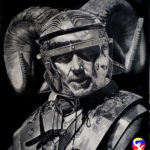
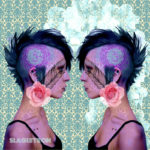
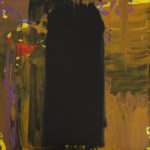
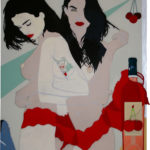
LEAVE YOUR COMMENT